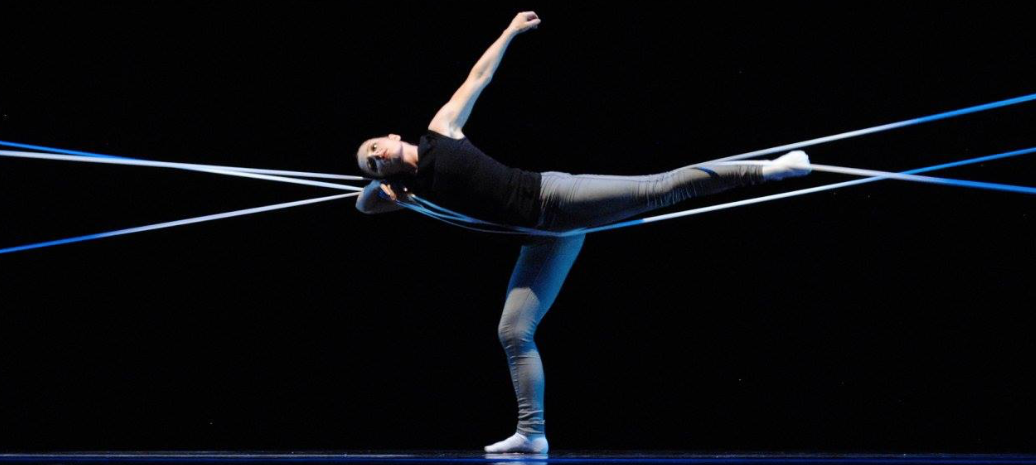Creative dancing and the genetic predisposition of it

Last Updated on May 6, 2019 by Joseph Gut – thasso
May 06, 2019 – Dancing, integrally related to music, likely has its origins close to the birth of Homo sapiens. Some researchers for a long time have hypothesized that there are differences in aptitude, propensity, and need for dancing that may be based on differences in common genetic polymorphisms. Identifying such differences may lead to an understanding of the neurobiological basis of dancing.

In fact, variants of the serotonin transporter and the arginine vasopressin receptor 1a genes were examined in performing dancers, elite athletes, and nonathletes/nondancers. The serotonin transporter regulates the level of serotonin, a brain transmitter that contributes to spiritual experience. The vasopressin receptor has been shown in many animal studies to modulate social communication and affiliative behaviors. Notably, dancers tend to score high on the Tellegen Absorption Scale, a correlate of spirituality, and the Reward Dependence factor in Cloninger’s Tridimensional Personality Questionnaire, a measure of empathy, social communication, and need for social contact. Significant differences were observed in allele frequencies for the genes that code for the serotonin transporter and the vasopression receptor when dancers were compared to athletes as well as to nondancers/nonathletes. These two genes were also associated with scores on the Tellegen Absorption Scale and Tridimensional Personality Questionnaire Reward Dependence, suggesting that the association between these genes and dance is mediated by personality factors reflecting the social communication, courtship, and spiritual facets of the dancing phenotype.
In a fundamental study in 2005, 85 actually performing dancers and their parents were genotyped for the serotonin transporter gene (SLC6A4: promoter region HTTLPR and intron 2 VNTR) and the arginine vasopressin receptor 1a gene (AVPR1a: promoter microsatellites RS1 and RS3). Likewise, 91 competitive athletes and a group of nondancers/nonathletes (n = 872 subjects from 414 families) were genotyped for the same genes. Dancers scored higher on the Tellegen Absorption Scale, as well as on the Reward Dependence factor in Cloninger’s Tridimensional Personality Questionnaire. Highly significant differences in AVPR1a haplotype frequencies (RS1 and RS3), especially when conditional on both SLC6A4 polymorphisms (HTTLPR and VNTR), were observed between dancers and athletes (Cocaphase likelihood ratio test [LRS] = 89.23, p = 0.000044). Similar results were obtained when dancers were compared to nondancers/nonathletes (Cocaphase: LRS = 92.76, p = 0.000024). These results were confirmed using a robust family-based test (Tdtphase: LRS = 46.64, p = 0.010). Association was also observed between Tellegen Absorption Scale scores and AVPR1a (Qtdtphase: global chi-square = 26.53, p = 0.047), SLC6A4 haplotypes (Qtdtphase: chi-square = 2.363, p = 0.018), and AVPR1a conditional on SCL6A4 (Tdtphase: LRS = 250.44, p = 0.011). Similarly, significant association was observed between Tridimensional Personality Questionnaire Reward Dependence scores and AVPR1a RS1 (chi-square = 20.16, p = 0.01). Two-locus analysis (RS1 and RS3 conditional on HTTLPR and VNTR) was highly significant (LRS = 162.95, p = 0.001).
Previously, promoter repeat regions in the AVPR1a gene have been robustly demonstrated to play a role in molding a range of social behaviors in many vertebrates and, more recently, in humans. Additionally, serotonergic neurotransmission in some human studies appears to mediate human religious and spiritual experiences. Overall, it seems that the association between AVPR1a and SLC6A4 reflects the social communication, courtship, and spiritual facets of the dancing phenotype rather than other aspects of this complex phenotype, such as sensorimotor integration.

